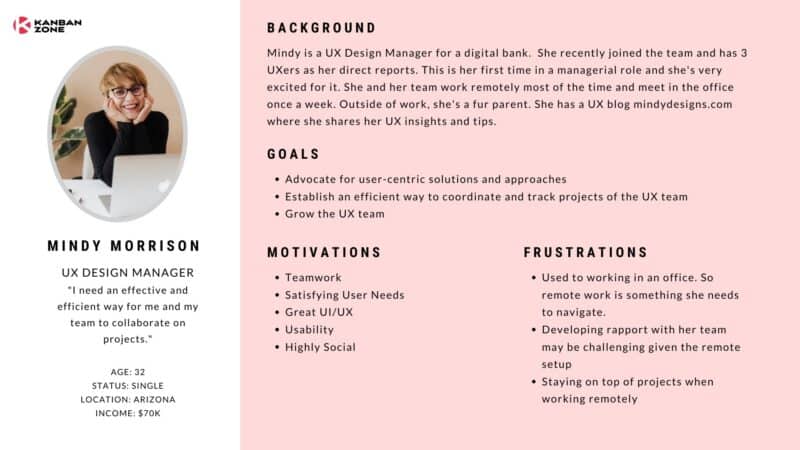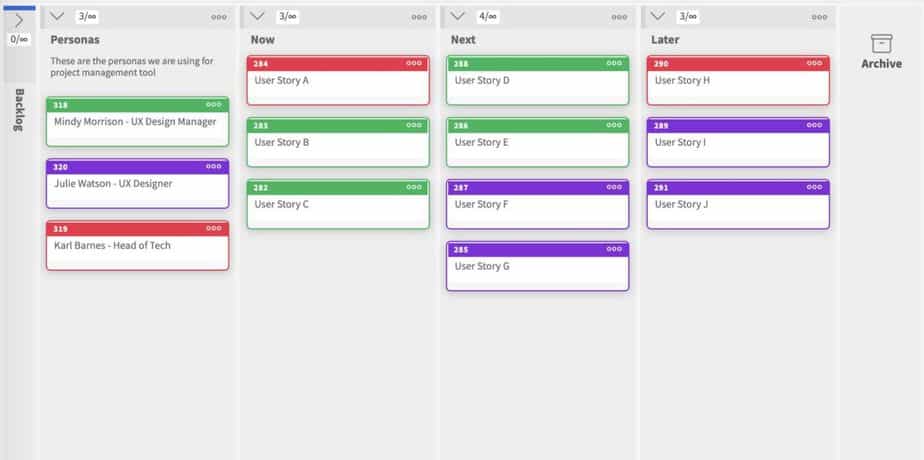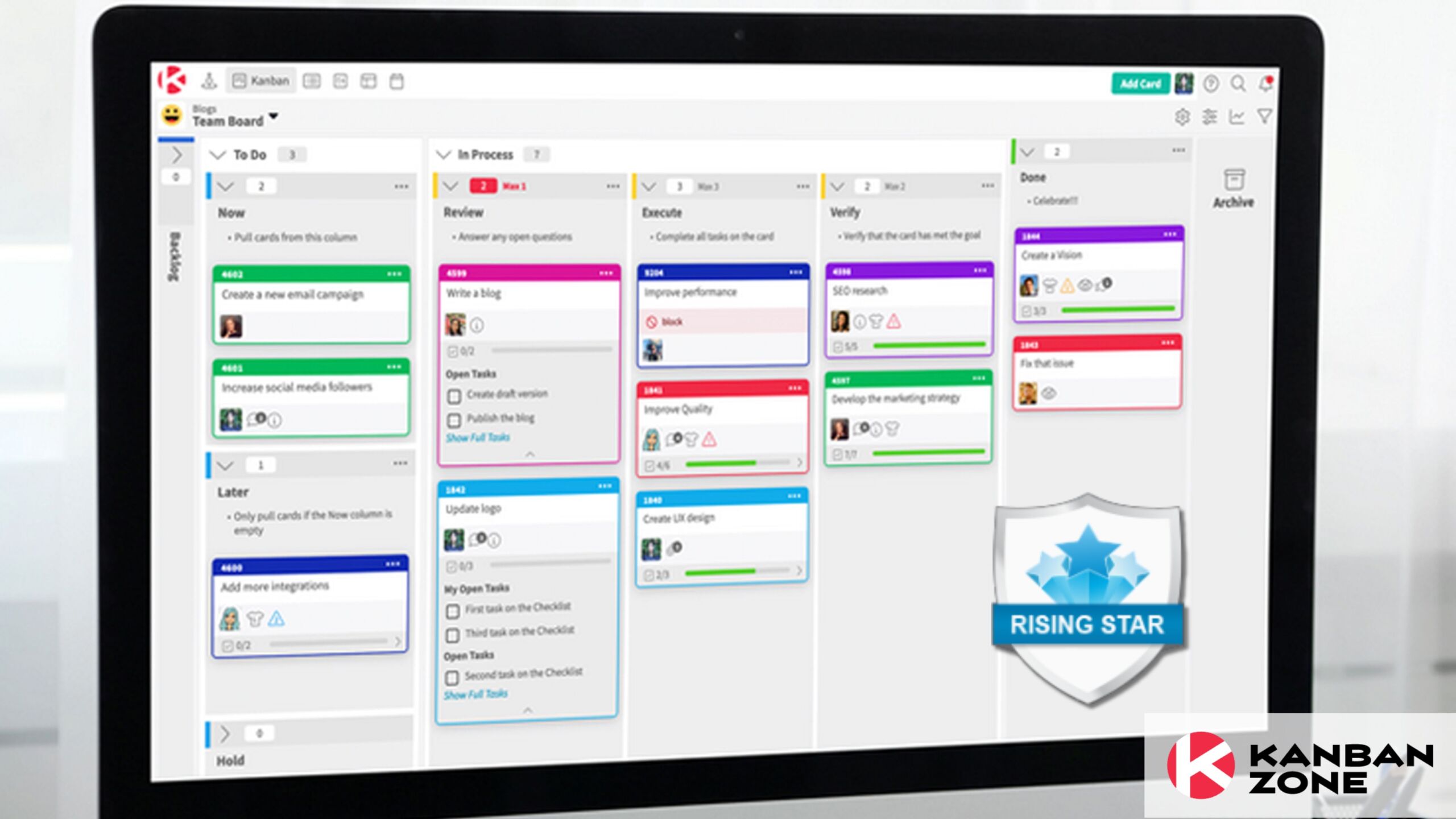
The key to creating meaningful products is to understand what your customers need and want. One of the main reasons businesses fail is their product or service has low to no market need. No matter how you push your product to your target customers, if they don’t see the benefit of it or it doesn’t match what they want, they won’t buy it. Creating products and services need to start from a verified and viable need. Just because you think your product is a good idea, it will sell well. That’s for your target market to decide. But companies don’t want to create products then verify if there’s a market need. It will be costly and inefficient. Instead, companies should start their research first and come up with imagery of who their target market is and what they need. The result is what we call Agile personas.
Agile Personas Definition
Personas were first introduced by Alan Cooper, a renowned pioneer software developer and recognized as the “Father of Visual Basic.” Personas are representations of real users of a system. We give these personas a name, describe their characteristics, and define what their behavior will be as they interact with a system.
Personas help teams achieve Agility because it enables them to create products that will delight customers. It’s a tool that guides product teams in making better decisions on how their products should evolve.
An Agile persona usually has the following sets of information:
- Demographics – This includes the basic information about your persona: age, marital status, job, income, location/residence, name and a photo.
- Persona Background – Describes who they are and what they typically do. Any detail that would describe the persona’s behavior that can lead him to use your product.
- Persona Goals – This answers why your persona would use your product. What problem does he want to solve?
- Motivations and Frustrations – Think about what would entice your Agile personas to use your product. Then think about what would make them not choose or buy your product.
- Persona Quote – This is a short statement that encapsulates the feeling and personality of the persona that is related to the solution he is looking for.
Other Agile personas would also include more information like:
- Personality traits
- Habits
- Devices used
- Brands they follow
While Agile personas are fictional characters, these details are based on real interactions with potential users and customers. Gather data through interviews, surveys, and other types of feedback. And an Agile persona is not based on one user. It is the collective perspective of many users translated into an archetype.
Example of an Agile Persona
Here is an example of an Agile Persona. We see the main elements here and can definitely add more information as we see fit.

15 Tips to Improve Agile Personas
Start with the Right Mindset
The first step to creating great Agile personas is to have the right mindset. That mindset is grounded on the belief that you are not your customer. This means that what you think is a great feature or product is not necessarily true in the eyes of your target market. Let your product be about your customers and not about you.
Don’t Make Things Up
Don’t be tempted to make plain assumptions about what your customers want. You must hear it directly from them. Great Agile personas are accurate representations of the feelings and longings of your customers. Just don’t base your personas on your own ideas or assumptions. Remember, it’s about them not you.
Engage With Your Personas
For you to get an accurate image of what your customers want and need, you must engage with them. Interview them. Run a survey. Conduct a focus group discussion. Explore different techniques that will help you understand the behaviors, motivations, frustrations, and goals of your target market.
Recognize Common Themes and Characteristics
In the course of your data gathering, you will meet different users. There will be common themes and characteristics for these users. The trick is to condense these commonalities to come up with an archetype that represents their most important characteristics and goals.
Be Specific But Concise
An effective Agile persona is specific and detailed but not to the point that you create a novel. An effective Agile persona is direct to the point and is concise. We recommend that you use an Agile persona template that fits in an A4 paper and includes the important elements.
Make Your Personas Realistic and Relatable
For your personas to be better understood by your team, you need to make them believable and relatable. Imagine them as real people. Use a photo. Give it a name. You can get photos from stock photos and royalty-free image sites. Don’t stress about names too much. One trick I do is I match the starting letter of the name to the occupation or role of my persona. For instance, if my persona was a working mom, I’d use something like Molly Withers. M for Mom and Molly. If my persona was a teacher, I’d give her Terry Scott as a name.
Incorporate Situational Scenarios when Writing Agile Personas
Another important tip when creating Agile personas is to use scenarios and situations. Scenarios answer how your Agile persona would respond to or interact with your product given a particular situation. This will help you identify the main user flows when designing your user experience.
Focus on Main Goals
You might be tempted to have your Agile personas cover as many goals as you think are needed. But covering too many goals will create a lack of focus on the part of your product. We recommend focusing on the main goal per Agile persona. This will drive faster and more efficient decision-making when it comes to picking which solutions and features will have a greater chance of making your target persona choose your product instead of your competitors.
Distinguish Between User and Buyer Personas
There are instances where the target user is not the same as the buyer of your product. For example, Kanban Zone as a project management SaaS solution has project managers as its main users. These project managers have requirements like the ease of use, simplification of work, and increased productivity.
But the buyers can be the company’s IT team where they will most likely look at cost-efficiency and ease of integration as main factors when purchasing software. When writing Agile personas, ask yourself if your persona is the end-user or a buyer.
Choose a Primary Persona
You must nominate your main persona which will represent a big chunk of your target market. Your primary Agile persona will be the main user archetype you’re building the product for. The goals and motivations of this primary persona will drive the majority of your decisions.
Stick to 3-5 Personas
It’s typical for teams to have multiple personas. But having too many personas can create a lack of focus for where you want your product to be. If you have an infinite number of personas, you will end up having a hodgepodge of a solution that nobody wants. Try not to cater to multiple types of users but stick to your main customers and revenue drivers.
Refine with Your Team
Once you have your list of personas, discuss it with your development team. Don’t let them meet your Agile personas once they read your user stories. Else, they won’t fully appreciate what they are for. Involve your development team in the data gathering when possible.
Use Your Personas to Create Your Epics and User Stories
You and your team will see the benefit of personas once you use them to decide what features go into your product. So instead of just using “As a ” in your user stories, you can use “As ” instead. This makes the feature item more targeted to satisfy the persona’s needs.
Review Your Personas Regularly
You’ll get to learn more about your users when you launch your product and get feedback. Once you test your hypotheses and gain a better understanding if your solution fits the requirements of your personas, you may realize that the user persona details have changed. With Agile personas, you should be quick to adjust and update your personas to fit the current needs of your target market. Keep your review intervals short but at the same time allowing your team to get out working products for you to test.
Show Your Personas on Your Team Board
Keep your team reminded who you’re building the product for. On your team Scrum or Kanban board, dedicate a column for your Agile personas. Have one card per persona and put the details in them.
You can also assign color codes to each persona. So as you plan your sprints or your weekly team backlogs, you can have a quick gauge on what personas your feature items are related to at any given point in time. This can help when doing a roadmap plan too.

Agile personas are invaluable tools for any product manager and product team. The secret to creating great products starts with knowing what will make them great. Get to know your users. Engage with them. Then create Agile personas that fully embody their needs and wants. Use those Agile personas as your ultimate guide when building great products.
Table Of Contents
- Agile Personas Definition
- 15 Tips to Improve Agile Personas
- Start with the Right Mindset
- Don’t Make Things Up
- Engage With Your Personas
- Recognize Common Themes and Characteristics
- Be Specific But Concise
- Make Your Personas Realistic and Relatable
- Incorporate Situational Scenarios when Writing Agile Personas
- Focus on Main Goals
- Distinguish Between User and Buyer Personas
- Choose a Primary Persona
- Stick to 3-5 Personas
- Refine with Your Team
- Use Your Personas to Create Your Epics and User Stories
- Review Your Personas Regularly
- Show Your Personas on Your Team Board
Discover many more posts…







